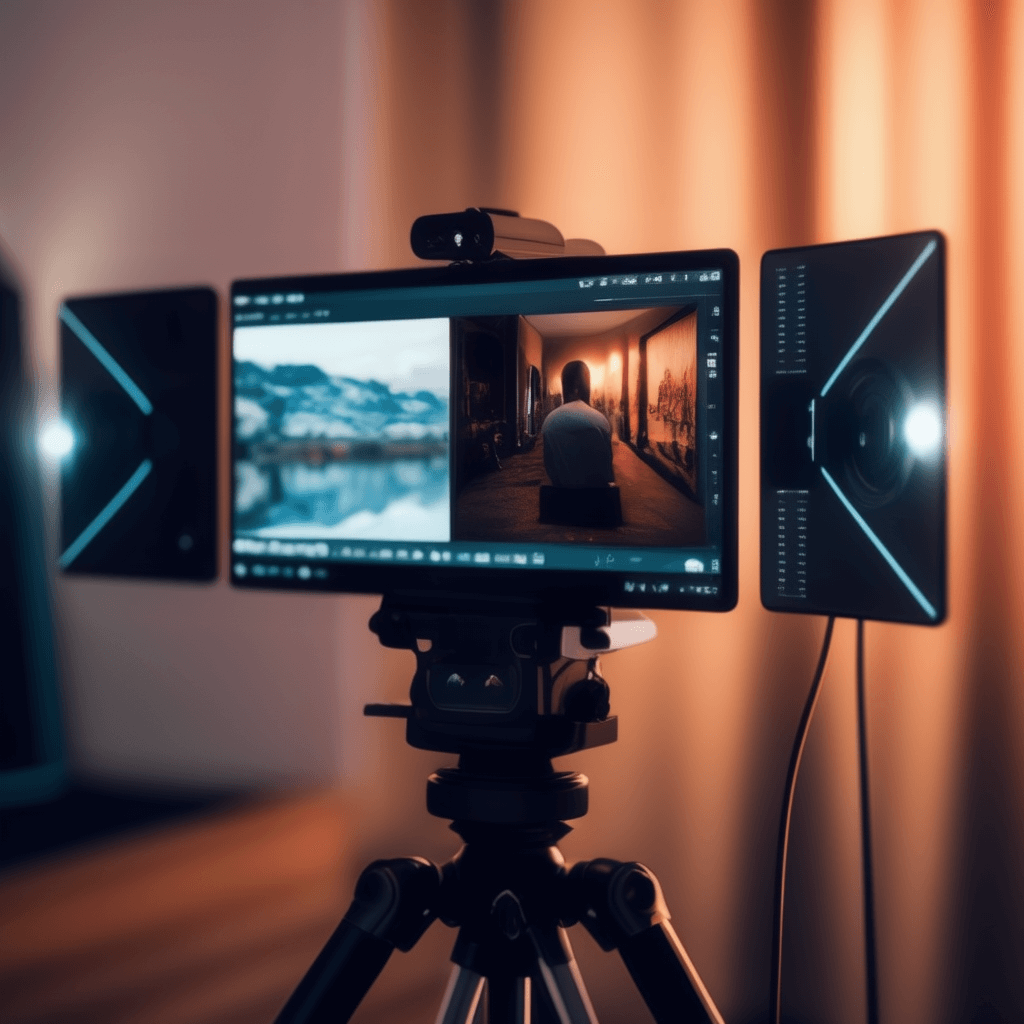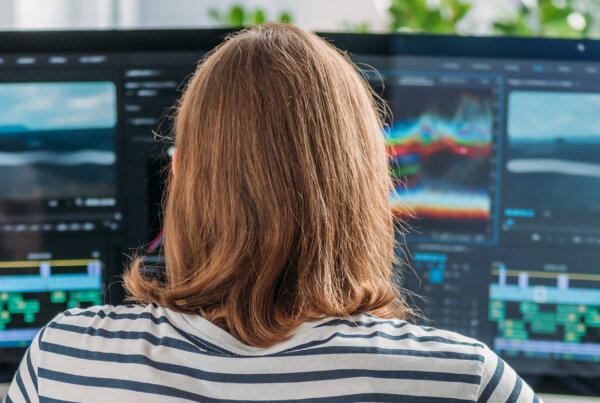In recent years, artificial intelligence (AI) has made significant strides in various industries, promising increased efficiency, precision, and automation.
However, when it comes to the intricate art of video production, AI still fails to capture the essence of human creativity and craftsmanship.
In this article, we will get into the complexities of video production and explore why AI technology, while impressive, isn’t quite yet ready to replace us…just yet.
(But definitely getting closer…)
Understanding the Essence of Video Production
Video production is not just about putting clips together and adding some cool effects. At its core, it’s actually about crafting great stories, evoking feelings, and generally building real human connections.
Every part of the process — from writing the script to capturing the visuals, involves making subtle choices that demand creativity, instinct, and understanding – all deeply human traits.
The Art of Interpretation and Intuition
Probably the biggest hurdle for AI, in regards to video production, is its inability to interpret complex human emotions and nuances accurately.
AI can definitely (obviously) crunch numbers and spot patterns, but it often trips up when trying to grasp human expression and context, because it lacks emotions and nuances, as mentioned above. This makes it really tough to produce content that truly strikes a chord with viewers. It’s just not there yet.
Will it ever be? Unknown at this point.
Creative Problem-Solving and Adaptability
Video production is a team effort that demands creative thinking and the ability to roll with the punches when unexpected issues pop up.
Whether it’s thinking on your feet during filming or coming up with clever fixes in post-production, human ingenuity is extremely important in overcoming obstacles and elevating the final product to where it needs to be.
The Importance of Subjectivity and Artistic Vision
Art is inherently subjective, shaped by individual perspectives, experiences, and artistic visions.
While AI algorithms can analyze vast amounts of data and identify trends, they lack the innate understanding of aesthetics and artistic intent that creators possess.
The subjective nature of video production requires filmmakers to make intuitive decisions that go beyond data-driven analysis, resulting in more nuanced and emotionally resonant storytelling.
Empathy and Connection with the Audience
The realistic goal of video production is to evoke emotion, provoke thought, and forge a connection with the audience. Filmmakers bring a depth of empathy and understanding to their work, allowing them to create content that speaks directly to the hearts and minds of viewers.
While AI can generate content based on predefined parameters, it often lacks the emotional intelligence to craft narratives that truly resonate with diverse audiences.
Final Thoughts
While AI technology continues to advance rapidly (a bit too fast for us Terminator fans), it still has a long way to go before it can truly replicate the nuanced artistry and emotional depth of human creativity in video production.
The intuition, empathy, and ingenuity of creators—truly sets video content apart.
At Toldright, we make exceptional videos happen with our broad network of creative professionals and dedicated project managers. Learn more about how it works here.



